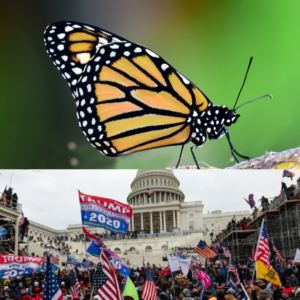Part 8 of a 10-part Series:
The Toxic Combination of Psychopathic Elites
and Hysteroidal Masses

“When communities lose the capacity for psychological reason and moral criticism, the processes of the generation of evil are intensified…until everything reverts to ‘bad times.’”